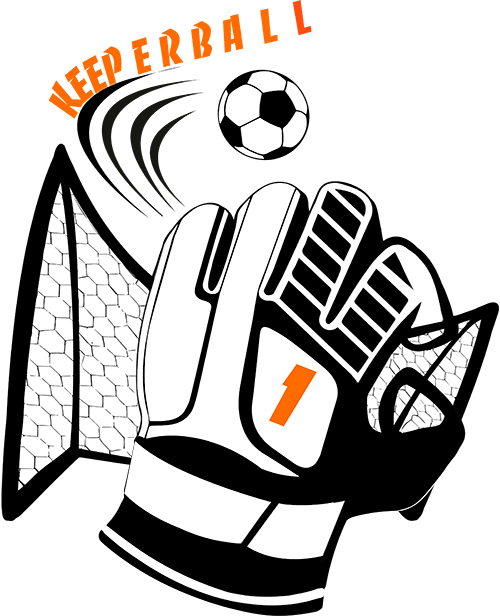KEEPERBALL

The most interesting thing in football is the goals for which the game itself is played. After all, it is no coincidence that penalty shoot-outs are especially popular among spectators, the role of which is steadily increasing in modern football. EURO2020 is a striking example of this. In four playoff games, including a dramatic and super-spectacular finals, the winner was determined in a penalty shootout.
Basic Principles
1.The increase in the intensity of the game is achieved by:
— time limits for team possession of the ball
(including standard positions);
— introduction of the concept of "pure playing time";
— reducing the size of the playing field;
— reducing the number of players on the field.
2. Increasing the effectiveness of the game and increasing the role of the goalkeeper is achieved through:
— increasing the pace of the game and its attacking character;
— the introduction of mandatory penalty shootouts to determine the final result of the game;
— introduction of a rule for setting off the difference between goals scored and conceded in the game when a penalty shootout is hit.
Provisions not included in the rules below (including violations, warnings, deletions, and others) are in line with the FIFA rules for big football.
Number of football players — 10×10 (9 field + goalkeeper)
in the team’s application — up to 16 players
Number of substitutions per match — 4 + 1 forced
The fifth substitution is allowed as a forced substitution (due to a player’s injury)
Field size ~ 67−77 m x 64−75 m *
* Subject to standard soccer field
** In case the available field is less than the standard one, the length of the playing field is determined by the actual distance between the end lines of the penalty areas, and the width — by the actual side lines
The length of a standard football field is limited by the end lines of the penalty areas, which are reduced by ~ 33 m. (16.5 m on each side)
Goal size — 5×2 m
* the goals are installed on the end lines of the penalty areas of a standard football field
Distance from goal to penalty spot — 8 m
Ball size — standard 5
ball circumference 68−70 cm
Match time — 30 min* (2 halves x 15 min.)
* "pure" playing time
"pure" playing time is the time when the ball is in motion within the playing field
The time when the ball is in the hands of the goalkeeper, or set for kick outs, penalties and corners — does not count
Limiting team possession of the ball — no more than 30 seconds in their own half of the field, no more than 90 seconds in the opponent’s half of the field
Time limit when performing standard actions:
— kick-off by the goalkeeper
— kick-in
The time for the goalkeeper to take the ball into play is no more than 5 seconds from the moment the ball is in the hands of a field player or the goalkeeper.
In case of delay in time by the goalkeeper, he is given a warning (in case of a repeated violation — removal).
In the event of a delay in the execution time of the out, the right of the out passes to the opponent.
To ensure a quick entry of the ball into the game, at least 6 baskets/stands with spare balls are installed around the entire perimeter of the field:
one each to the right and left of the goal and along the side lines
Time control is carried out by the judge-timekeeper
Method of kick-in
In their own half of the field — with their feet
On someone else’s half of the field — with their hands
Method of throwing the ball from the goal — with feet and hands
Number of judges — 4
Field Judge, Line Judges (2), Timekeeper Judge
Determining the winner of the match
The winner is determined in a series of 7 penalty shootouts
If during the regular time of the match one of the teams wins with a difference of 1 to 3 goals — it gets a handicap of +1 in the penalty shootout
With a difference of 4 to 5 goals — +2 handicap in the penalty shootout
With a difference of 6 goals — a handicap of +3 in a penalty shootout
If there is a difference of 7 or more goals, no penalty will be awarded.
In the event of an equal number of goals after the end of the series of 7 penalties, the series continues until one of the teams gains an advantage (until the first miss).
If there is a difference of 7 or more goals in the playing time, the winning team is declared the winner
Penalty execution rules
Penalty shot from a distance of 8 m
The first penalty kick in the series is taken by the who were on the field at the time of the end of the match
The winning team has the right to choose the order of the penalty kick
In case of a draw in the game, the right to take the penalty is determined by the drawing of lots




